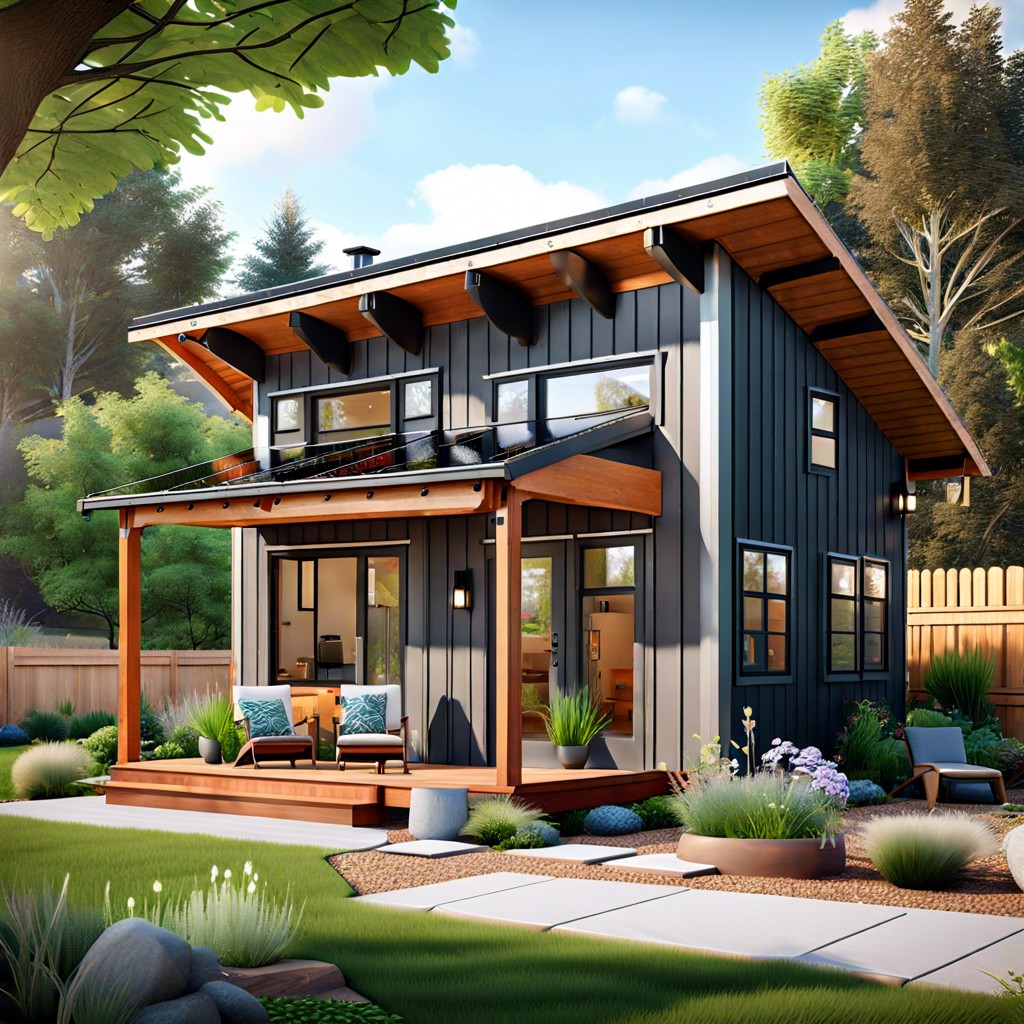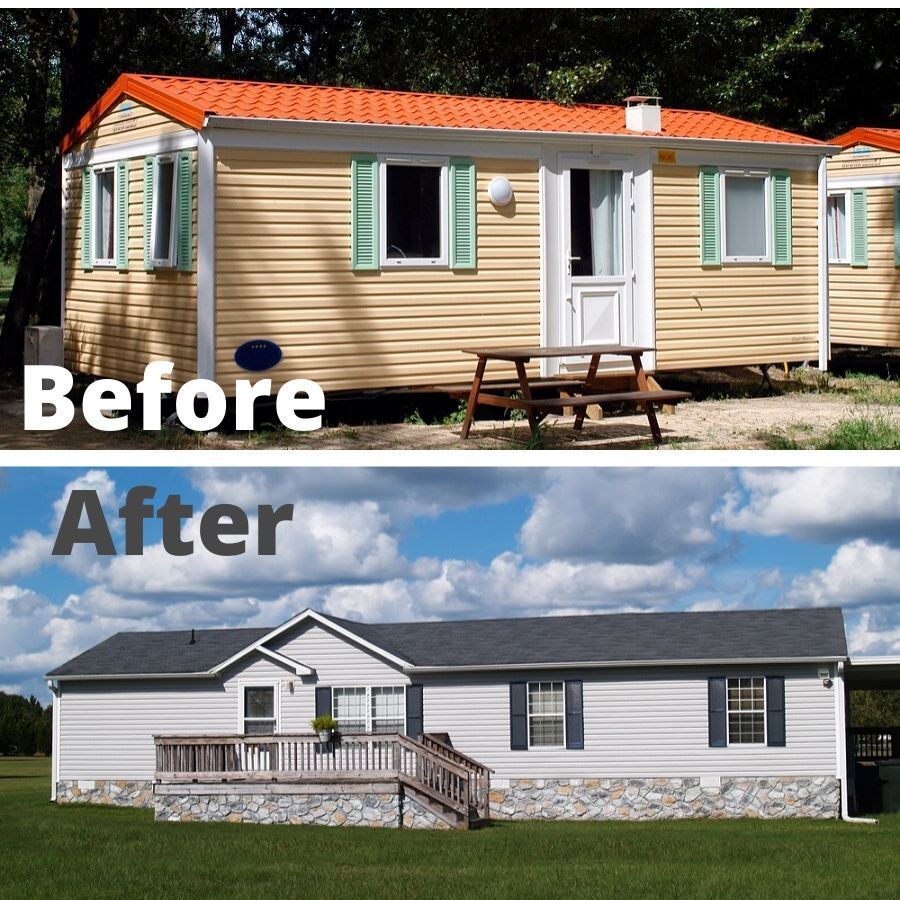Last updated on
An accessory dwelling unit (ADU) cannot typically serve as a primary residence; it is meant to be an ancillary living space on the property of a primary dwelling.
Key takeaways:
- ADUs can serve as primary residences, offering privacy and independence.
- California ADU laws allow for the development of ADUs on most properties.
- Financing options for ADU construction include home equity loans and personal savings.
- Strategies for adding an ADU involve assessing available space and engaging with professionals.
- The rental strategy for an ADU should consider local regulations and neighborhood demand.
ADU As Primary Residence Defined

Accessory Dwelling Units (ADUs), often known as granny flats or in-law units, traditionally serve as additional living spaces on the same lot as a primary dwelling. However, they can also stand as a homeowner’s main living space. If you’re considering an ADU as your primary residence, here are a few points to understand:
- Size and Functionality: Despite being smaller than the average house, ADUs can be meticulously designed to provide all the necessary amenities for comfortable living, catering to singles, couples, or small families.
- Privacy and Independence: Living in an ADU can offer a level of privacy similar to that of a standalone home, allowing for an independent lifestyle.
- Simplified Living: An ADU may appeal to those seeking minimalism, reduced living costs, or purchasing their first property.
Considering an ADU as a primary home can be a strategic, cost-effective decision, especially in areas where housing prices are high. It can also be part of a downsizing effort or a simplified lifestyle approach that doesn’t compromise on having a space that is distinctly your own.
California ADU Laws and Regulations
California’s legislative landscape is proactive in supporting the integration of accessory dwelling units (ADUs) into residential zones. This stance stems from the need to address the acute housing shortage and the desire to diversify housing options within existing neighborhoods.
In recent years, state laws have eased restrictions, allowing homeowners to convert garages, attics, or even stand-alone structures into livable ADUs. A noteworthy aspect is that these laws supersede local zoning laws to a degree, meaning California cities and counties must align their ADU ordinances with state standards.
Key points to keep in mind regarding California ADU regulations include:
- Permissibility: Almost all single-family and multi-family properties can have at least one ADU, with some qualifying for a junior ADU (JADU) in addition.
- Size and Setbacks: Guidelines dictate minimum and maximum size limits, often dependent on the lot size. They also have set requirements for setbacks from property lines to ensure conformity and safety.
- Owner Occupancy: Previous mandates for owner-occupancy in either the primary or ADU were suspended until 2025, making it easier for property investors to consider adding an ADU.
- Utilities and Services: ADUs may not be required to have separate utility connections from the primary residence, depending on local ordinances, which can significantly cut down development costs.
- Parking: Where once parking was a significant barrier, new regulations have relaxed or eliminated the necessity for additional parking spaces when creating an ADU.
Understanding these evolving laws is crucial for anyone considering the development of an ADU. Engage with your local planning department or a knowledgeable professional to ensure compliance and to make informed decisions about your ADU project.
Financing Options for Building or Buying an ADU
Securing funds for an ADU project requires understanding the available options, which vary based on personal financial situations and the intended use of the unit:
- Home Equity Loans: ** Leveraging equity in your primary residence can be a smart way to finance an ADU. This option typically offers lower interest rates, which can make the loan more affordable in the long run.
- Cash-Out Refinance: ** This method involves refinancing your existing mortgage for more than you owe, but for less than the home’s value. The difference goes to you in cash, which could fund ADU construction. Be mindful that this option resets your mortgage terms.
- Personal Savings: ** If your project is relatively small, using personal savings might work. This avoids loan fees and interest, keeping total expenses down.
- Renovation Loans: ** Financial products like FHA 203(k) and Fannie Mae HomeStyle loans allow borrowers to finance their home purchase and ADU improvements simultaneously, rolling costs into a single mortgage.
- Local Grants and Programs: ** Some regions offer grants, low-interest loans, or other programs specifically for ADU development. These often have eligibility restrictions but can substantially reduce the cost burden if you qualify.
- Investment Partnerships: ** Engaging investors who are willing to finance the building in exchange for a portion of rental income can be considered, especially if rental income potential is strong.
Carefully assess each option, considering factors like interest rates, repayment terms, and your own financial health. Smart financing can transform the ADU from a vision into reality without overextending your economic stability.
Strategies for Adding an ADU On Your Property
Maximizing the potential of your property to include an ADU requires a strategic approach. First, assess the available space: do you have a suitable backyard, a garage ripe for conversion, or an above-garage space with untapped potential? Ensure that your intended spot aligns with local zoning requirements to avoid legal hiccups down the line.
Engage with professionals early. An architect or a designer with ADU-specific experience can save you time and resources. Their familiarity with local codes ensures that your design is not only functional but also compliant.
Don’t overlook the importance of infrastructure and access. Will your ADU require a separate water and power line, and is there room for an independent entrance? This enhances privacy for both the main home and the ADU, making it attractive for potential renters or family members who will live there.
Consider the future use of the ADU—it’s not just about adding space, but adding value. Are you creating a rental unit, providing a home for aging parents, or perhaps anticipating a return on investment when selling? Each scenario might influence the design and features you choose.
Lastly, investigate if pre-fabricated ADU models are a fit. They can be cost-effective and quick to install compared to traditional builds, but make sure they’re allowed in your jurisdiction and that you’re satisfied with the level of customization they offer. By approaching the addition of an ADU thoughtfully, you create a valuable asset for your property and enhance its functionality.
Return On Investment: Long-Term Vs Short-Term Rental Advantages
The attractiveness of an ADU as an investment hinges on the kind of rental strategy you adopt. Long-term rentals offer stable, predictable income and fewer turnover-related expenses. As a landlord, you’ll have fewer worries about occupancy rates month-to-month, and you can cultivate a lasting relationship with your tenants.
On the flip side, short-term rentals can potentially yield higher income per night, aligning well with areas that have a strong tourist presence or seasonal events. While the earning peaks can be appealing, also consider the higher costs for marketing, cleaning, and maintaining the space compared to long-term rentals.
Most importantly, understand that local regulations may sway your decision. Some areas have restrictions or additional taxes on short-term rentals, which can impact your bottom line. Therefore, ensure you’re up-to-date with the latest ordinances in your area before settling on your rental strategy.
Assessing the demand in your neighborhood is crucial – a college town might naturally suit a long-term rental approach, while a home near the beach could thrive under short-term listings. Weighing these factors carefully will help you determine the best route to maximize the return on your ADU investment.
Related reading:
Table of Contents





